Vegetable Gums and Resins
The vegetable gums and resins constitute an important group of economic plant products and are utilized in many ways. Their uses by man, in fact, go back to the earliest times. In modern industry large quantities of both resins and gums have been used for many years in manufacturing processes of various kinds. Their uses continue to increase. The terms "gum" and "resin" are often used in a somewhat indefinite or vague manner. They have been applied to almost any form pf plant exudation, even to those that are of a predominantly rubbery nature. The wild or jungle rubber industry that thrived in the past in many parts of the world and was revived during the second World War, was often referred to as the "gum collectors". "Chicle gum" and "batala gum" are expression frequently heard at the present time. In addition to its use in connection with rubbery exudations of this kind, the world "gum" is also applied to some of the true resins employed in varnish making are intended. A simple, if incomplete, distinction between gum and resins is that the true gums are more or less soluble in water of swell to a jelly-like mass but remain insoluble in organic solvents, whereas the resins are unaffected by water, but are more or less soluble in various organic solvents. Some plant exudations consist, in the natural state, of a mixture of both gum and resin and are styled gum-resins. The term oleo-resin is used for those resin of more or less soft consistency- that occur mixed with a relatively large amount executions, particularly those that are medicinal, consists of mixtures of resin, gum and oil, and may be termed oleo-gum-resins. The number of species that yield gums or resins in greater or less amount throughout the vegetable Kingdom must be many thousands. For this reason a selective treatment has been necessary in this work. Special emphasis is placed on those gums and resins that are of commercial importance, or which for some reason or other are of special interest. Particular attention has been given to those that have only become of commercial importance in comparatively recent years, and which are not dealt with in older works of reference. Examples of these are carob seed or locust gum, Karaya or Sterculia gum an other tragacanth substitutes, also certain Acacias now known to be exploited for gum, particularly in East Africa. With regard to modern uses of vegetable resins the paint, varnish, linoleum, paper sizing and soap making trades use consideration quantities. The relative amounts of the different kinds of resins used for industrial purposes. At one time it was thought synthetic resins would completely replace natural resins would completely replace natural resins for many purposes, particularly in the paint and varnish industries, but this has not materialized and the natural resins continue to hold their own and to be imported into manufacturing countries in large quantities. What the future will hold no one can foretell, but in the light of recent development there are strong indications that the use of natural resins will increase rather than diminish- Recently research has developed new types of resin which are combinations of synthetic and of natural resins, the best examples being the so-called "Copal type synthetics". These resins are proving very promising. They combine desirable features of both the synthetic and the natural or fossil resins.
Get it now and save 10%
BECOME A MEMBER

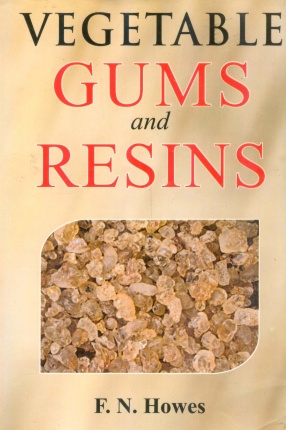
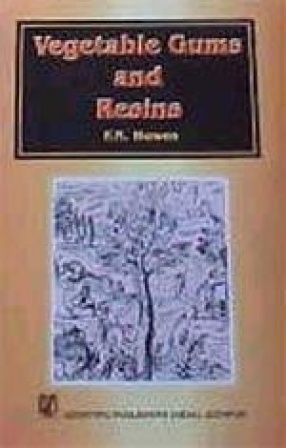
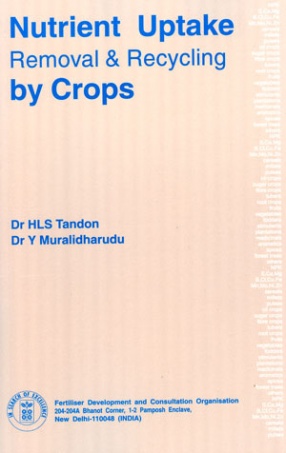

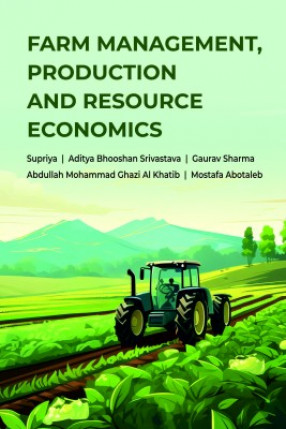
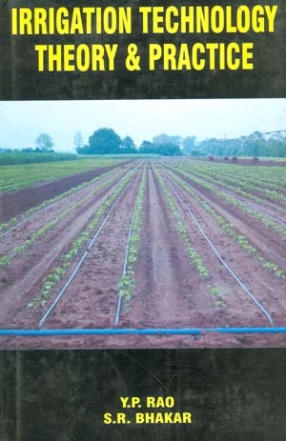

Bibliographic information